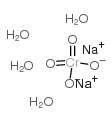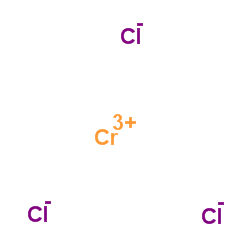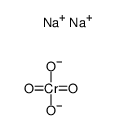| Structure | Name/CAS No. | Articles |
|---|---|---|
 |
Sodium chromate tetrahydrate
CAS:10034-82-9 |
|
 |
Chromium(III) chloride
CAS:10025-73-7 |
|
 |
Sodium chromate anhydrous
CAS:7775-11-3 |